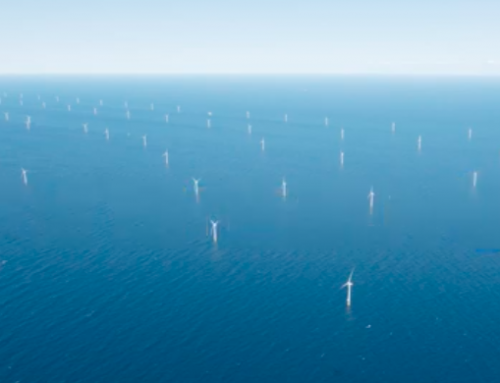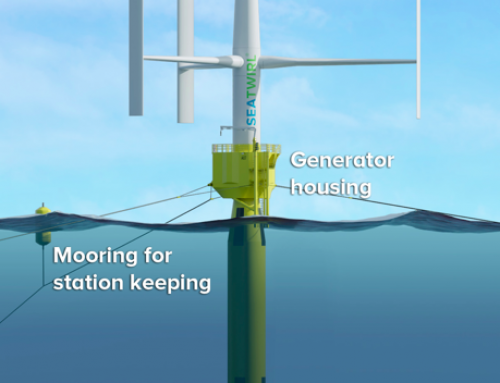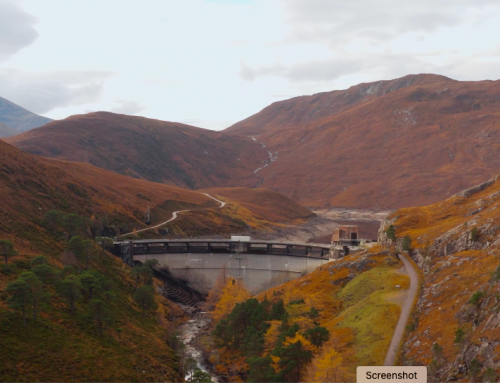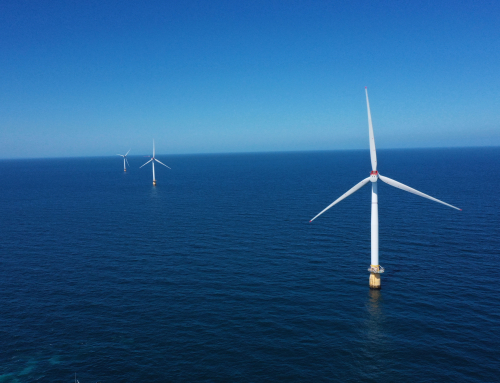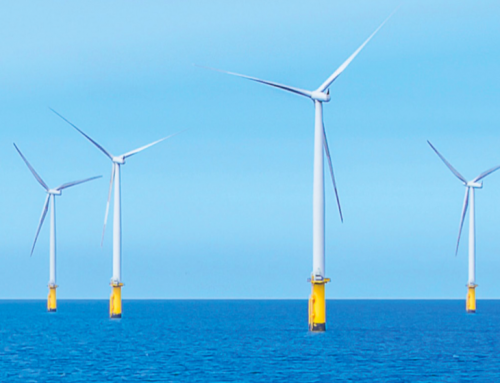By Julian Singer
After some recent problems, doubts have been raised about the Contract for Difference method of encouraging renewable energy investment. Last year the owners of two new windfarms, Triton Knoll and Moray East, both delayed declaring that their projects were commercial at a time when open market prices were much higher than the CfD price. The two owners were accused of gaming the system because the contract only applies once a project is declared commercial.
In other news BP announced that it may not participate in the upcoming Round 5 CfD auction for its two large Irish Sea projects, saying that it might use the electricity generated for its own internal renewable projects, such as generating hydrogen by electrolysis. Elsewhere, Rhode Island Energy cancelled an auction after receiving only one bid.
Finally, the Swedish company Vattenfall recently announced that it was halting plans for its Norfolk Boreas offshore wind farm project claiming that the costs of building offshore wind farms had increased 40 per cent this year whereas the contract, or strike, price is only adjusted by a general value for inflation (Greenbarrel, August 2023).
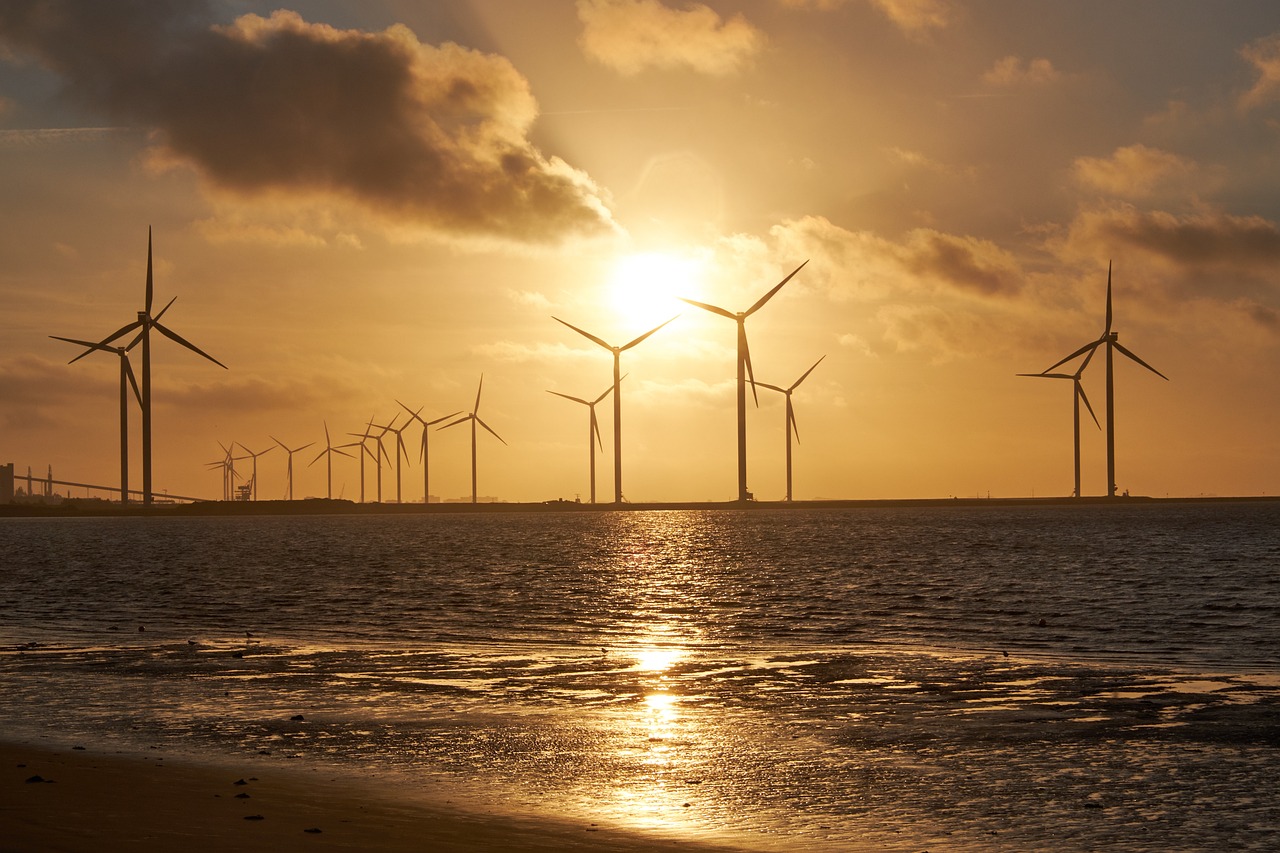
Image by Bruno from Pixabay
In the CfD system the developer is guaranteed a fixed price in £ per MWh for the electricity it produces (the strike price). If the current market price of electricity is lower the government-owned Low Carbon Contracts Company makes up the difference; if it is higher, the developer returns the difference to the LCCC. The strike price is quoted in 2012 £ and adjusted for inflation.
It is set in an auction held, until now, bi-annually since 2015. The government sets an “Administrative Strike Price” which is different for different technologies, e.g. solar, offshore wind, energy from waste… Each of these pots is allocated a certain amount of energy to be placed in the CfD system. The companies then bid for contracts at a price lower than the ASP. The winners receive contracts at the price of the lowest bid. In the most recent Round 4 in 2002 the ASP for offshore wind was £46 per MWh and the clearing price was £37.35 per MWh. The contract starts when the project becomes commercial and generally lasts for 15 years.
Contracts remove a significant amount of risk, thereby making it easier and cheaper to attract investment. The problem of when the contract starts (as with Triton Knoll and Moray East) is solvable, although not as easily as one may think. Large projects generally come on line in phases. There is also a considerable time spent commissioning a project, in other words testing different parts and resolving the inevitable bugs, during which electricity is being delivered to the grid. When exactly is it “commercial”? In preparation for the next CfD round the government has been consulting with industry and no doubt a formula will be found.
The problem of the steep rise in costs, much above general inflation, is harder to solve. Over the 15 years of the contract the open market price can be expected to rise and fall; whether the strike price will prove to be a good average can only be a matter of judgement. The government is unlikely to change the terms of an agreement so recently introduced, so it may be that more projects will be delayed while waiting for supply and demand in the wind farm manufacturing chain to stabilise, or it may be that small companies will be forced out and only those with deep pockets remain.
The deep pockets will be mostly in the overalls of the oil people. In another recent development BP and TotalEnergies each won the rights to a concession offshore Germany, with a total capacity of 7GW. This will cost them €12.6bn, of which 10 per cent will be paid up front, with the remainder paid over 20 years once the wind farms begin operations (it is a small percentage of expected income). In other words, unlike under the CfD system, it is the developer that assumes the price risk. This is, of course, a model that is familiar to BP and TotalEnergies from oil and gas development. No doubt they understand how to manage the risks and profits from the highs and lows of the energy price as well as anyone. Is this the future for major renewable energy investments?

